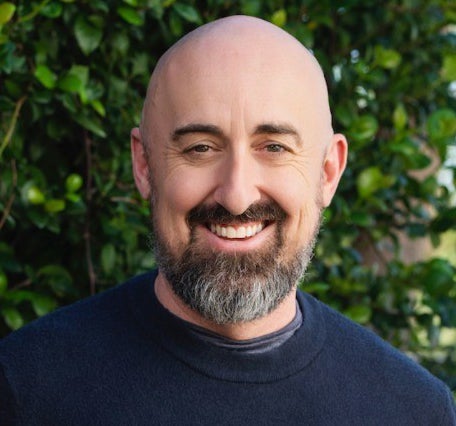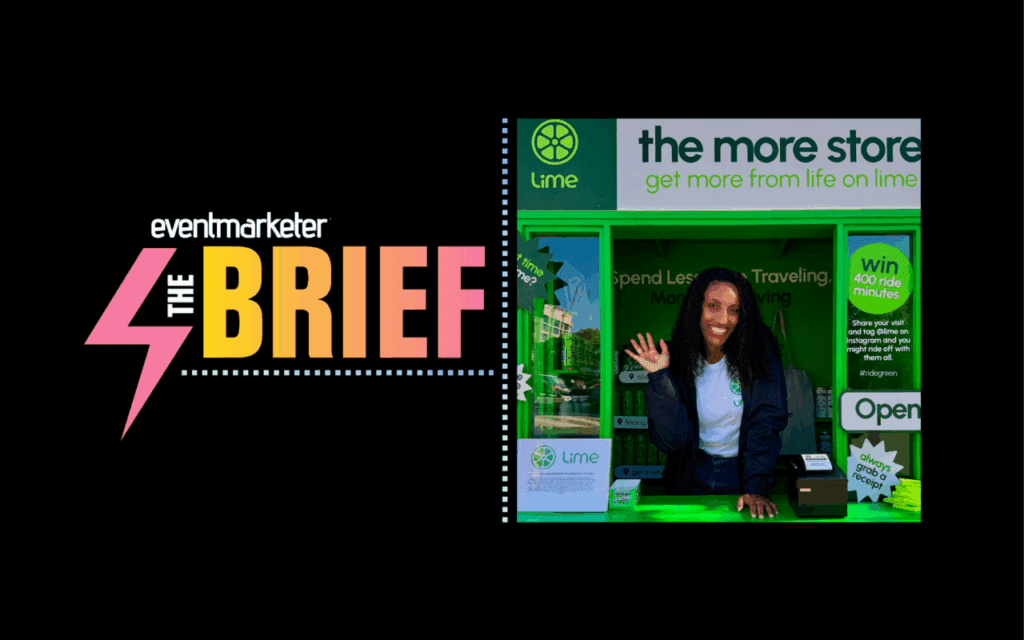With their client summit, 100+ clients, and close relationship with the IAB, TARGUSinfo has established themselves as not just a leading technology provider for lead verification but as a thought leader in lead generation. Last September, they brought approximately seventy people – a mix of current and prospective clients – together to San Diego for a day and a half of learning and interacting. As we remarked then, while many companies have client conferences, which in the online space encompasses everyone from eBay to Salesforce, outside of Commission Junction and Linkshare, very few Internet advertising companies have such summits. That holds even more true for an area as nascent and under-serviced as lead generation. I might not have initially thought Targus the company to host such an event, but they have among the most vested interest in seeing lead generation flourish. They also have a unique vantage point, verifying as many leads as they do across all types of companies and inventory. Given TARGUSinfo’s status as a tech company and their, up-until that point, relatively low profile, we kept our expectations low for last year’s get together. We didn’t need to. Had it not been their first event, they did an amazing job. Given that it was their first, they hit a home run. All of which meant, that we jumped at the chance to attend their follow-up show, the second annual Online Lead Quality Summit. It took place a week ago today, the 19th and 20th of September, but in Sin City not sun city.
The show was filled with clients and quite a few prospective clients, but the crowd included an equal, if not greater, number of companies unlikely to become clients. The guest list read like a Who’s Who for the lead generation space, like keynote speaker Matt Coffin of LowerMyBills to Ed Odana who, as the founder of Consumer Info and CEO of Experian Interactive, ultimately purchased Matt’s company. There were also heads of major agencies, online education institutions, as well as offline financial institutions. The success of their first show meant that we entered this year’s show with slightly higher expectations. As if a hobby of theirs, they yet again surpassed our expectations by a wide margin, even more so considering the difference between their first show and this one. Instead of a client summit, this years Online Lead Quality Summit had a broader scope. If, unfortunately, you didn’t attend this year, here is some of what you missed.
- Keynote / M&A – while we presented the keynote presentation at last year’s client summit, we will be the first to appreciate the level of talent that gave this year’s keynote – Ian Smith, Managing Director of invest bank Allen & Co. and Matt Coffin, founder and former CEO of LowerMyBills. For those that might not have heard of Ian or Allen & Co., it makes sense; they don’t operate a website and issue little of their own press. Chances are, though, that you have heard of some of the deals they’ve brokered, little companies such as Lending Tree, LowerMyBills, and NexTag (and that’s just within the mortgage lead generation space). Ian discussed what made each of the three, the only multi-hundred million dollar deals in the lead gen space to date, unique, and then he held a question and answer with Matt Coffin in which he discussed his company’s keys to success including building a great team, maniacal focus on testing, and his trademarked “double-down”, i.e. betting big on what has the promise.
- Quality – not a session but the overarching theme behind the show and TARGUSinfo’s product, quality has become a given. Last year cemented the other trend from quantity to quality. In this environment, especially with the mortgage market changes, you must have quality to even play. As a result, the various discussions on quality didn’t focus on the need for it but strategies for increasing quality. This year we see the the move from just filtering to more sophisticated analytical techniques, including advanced segmentation and predictive analysis, as the leading companies seek to refine the good and get rid of the marginal.
- Big Brands – so often we think of lead generation from the eyes of those driving the most volume – mortgage and education. At this years show we heard from two people playing in the opposite end of the spectrum, lead generation for major brands such as Purina and Crest. Our view: the two couldn’t be more different. Like SEO and SEM these two forms share something in common, collecting leads, but that’s about it. The big brands use lead generation as a branding vehicle not a direct revenue vehicle. Purina and Crest have no mechanism and no real need to track lead to sale, giving them the flexibility to ultimately spend more per lead, and by placements more for their contextual fit as opposed to performance fit.
- Push vs. Pull – we wrote about this last week prior to the show, but it came out here as well. Lead generation has, for the most part, involved the lead generators trying to get the lead buyers to take what they produce; not so as we move forward. Lead buyers have more specific requirements today than yesterday, and that doesn’t look to be changing. As a result the lead generators must start to craft the leads to fit the needs of the buyers as opposed to thinking they can craft buyers to meet the leads they produce.
- Incentivized lead generation – everyone has talked about it, the FTC is investigating it, but what do those actually doing it have to say? Dave Yovanno, a Valueclick VP and long-time industry veteran took the stage to explain Valueclick’s side of the story. He acknowledged the pros and cons, the challenges, but also the potential for success. To help illustrate the success, he was joined by the head of marketing for Scholastic books, a long-time advertiser in their rewards path.
- Transparency – in an extension of push vs. pull and mirroring what takes place in the ad network world, several companies have taken the lead to provide greater transparency to advertisers. Many lead buyers will continue to buy on blind networks, but more advertisers want to feel in control, not just in terms of what they buy, but where they get that user. eLearners uses the notion of transparency to help buyers understand the supply and demand landscape whereas the start-up Performline looks to open the kimono for all placements. It’s all part of the overall trend towards collaboration, which as the market continues to tighten will be the key to all our success.
- Portal / Big content publishers – Yahoo, AOL, and MSN have made a lot of money on lead generators, and lead generators have made a lot of money on them. Will they decided to do what Google continues to do and disintermediate the aggregators so that they can keep more of the margin for themselves? With the growth of online exchanges, this has become more feasible. None of them have done it to date, but at least one has hired a GM of lead generation. If they decide to enter, can they do it as successfully? Lots of questions. Only time will tell which direction they take.
 Network
Network

